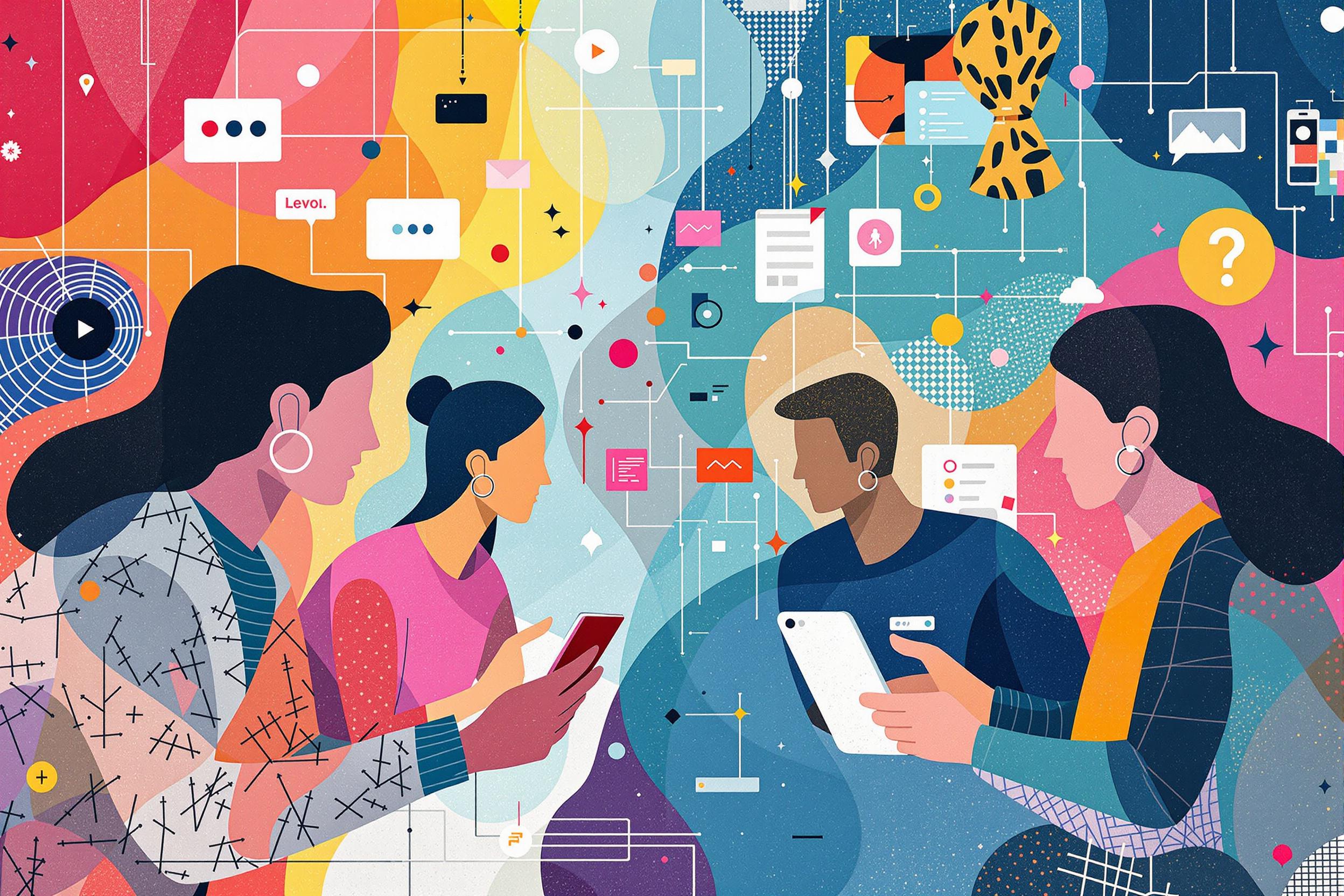
Digital Brushes
Digital Brushes are tools used in digital art software like Photoshop, Procreate, or Clip Studio Paint. They're similar to real-world painting tools but exist in digital form. Artists use these to create artwork on computers or tablets, just like traditional artists use physical paintbrushes. Digital brushes can simulate everything from pencils and watercolors to special effects that aren't possible with traditional media. When you see this term in a resume, it usually means the artist knows how to create, customize, or work with these digital tools to achieve specific artistic styles or effects.
Examples in Resumes
Created custom Digital Brushes to achieve unique art styles for client projects
Developed a set of Digital Brush presets that reduced illustration time by 30%
Used specialized Digital Brushes to create textures for children's book illustrations
Typical job title: "Digital Artists"
Also try searching for:
Where to Find Digital Artists
Online Communities
Learning Resources
Professional Networks
Example Interview Questions
Senior Level Questions
Q: How do you approach creating custom digital brushes for specific project needs?
Expected Answer: A senior artist should explain their process for analyzing project requirements, creating and testing brush settings, and implementing them efficiently in their workflow. They should mention experience in teaching others and solving complex artistic challenges.
Q: How do you manage digital brush libraries across different projects and teams?
Expected Answer: Should discuss organization systems, file management, sharing methods with team members, and how they maintain consistency across projects while adapting to different art styles and requirements.
Mid Level Questions
Q: What's your process for selecting and modifying digital brushes for different art styles?
Expected Answer: Should demonstrate knowledge of brush settings, ability to adapt brushes for different purposes, and understanding of how different brushes affect workflow and final results.
Q: How do you troubleshoot common digital brush issues?
Expected Answer: Should show problem-solving skills related to brush performance, compatibility issues, and ability to adjust brush settings to achieve desired effects.
Junior Level Questions
Q: What basic digital brush types do you use most often and why?
Expected Answer: Should be able to describe common brush types (like sketch, paint, texture brushes) and their basic uses in digital artwork creation.
Q: How do you organize your digital brushes?
Expected Answer: Should explain basic brush management, including how they categorize and access different brush types in their preferred software.
Experience Level Indicators
Junior (0-2 years)
- Basic brush usage in common software
- Understanding of basic brush settings
- Simple brush organization
- Basic digital painting techniques
Mid (2-4 years)
- Custom brush creation
- Advanced brush settings manipulation
- Efficient brush organization systems
- Multiple software proficiency
Senior (4+ years)
- Complex custom brush development
- Training and workflow optimization
- Cross-platform brush management
- Advanced artistic technique application
Red Flags to Watch For
- No knowledge of major digital art software
- Unable to demonstrate brush customization
- No understanding of basic digital art principles
- Lack of a digital portfolio showing brush usage




